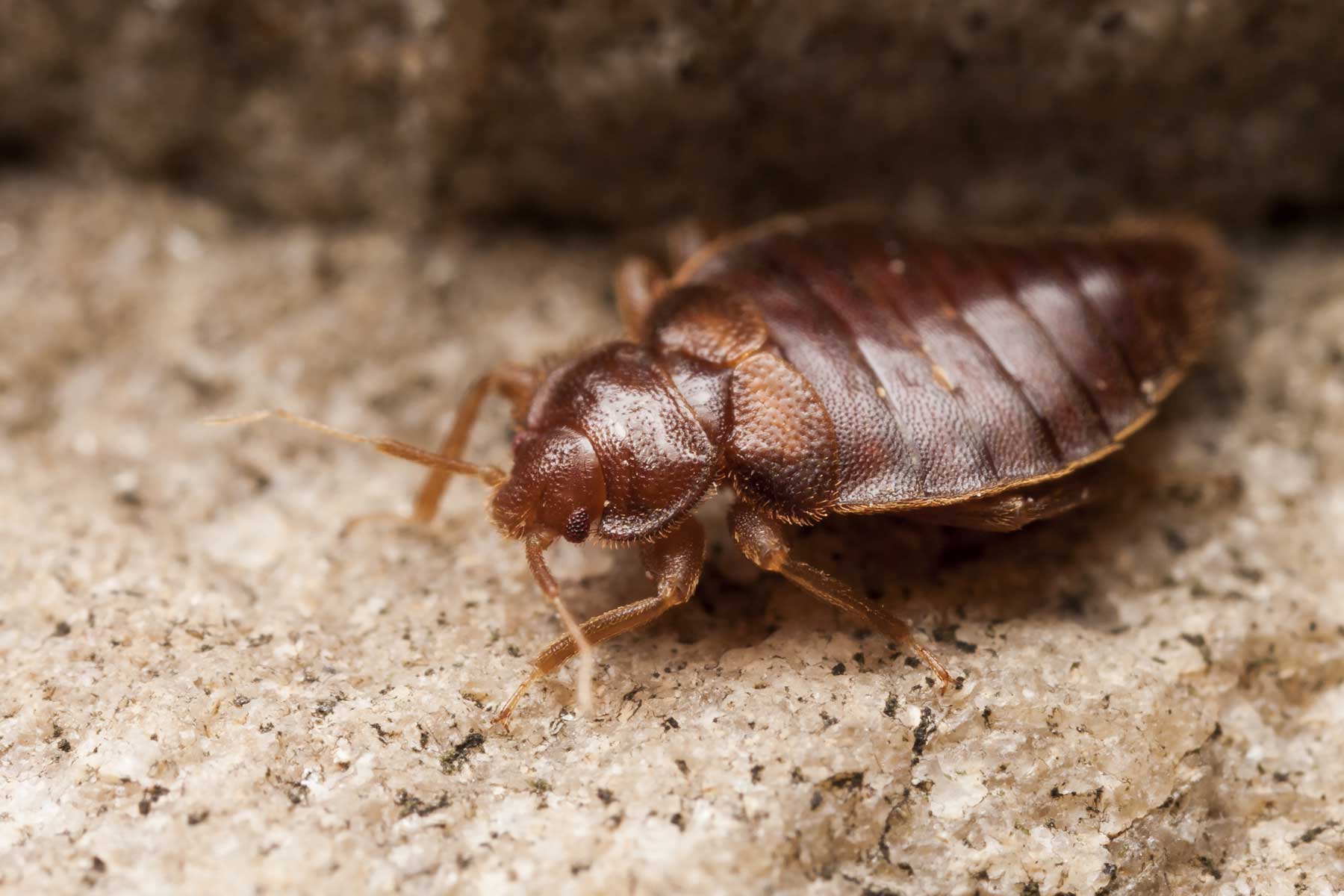Bed Bug Exterminator Houston Services: Top-Rated Elimination Solutions
Bed Bug Exterminator Houston Services: Top-Rated Elimination Solutions
Blog Article
Advanced Bug Control Techniques for a Pest-Free Living Space
While standard bug control methods have their place, the development of sophisticated strategies supplies a look right into a future where pest-free areas are not just a desire however a reality. From Integrated Parasite Management methods to innovative High-Tech Bug Keeping an eye on Solutions, a new age of parasite control is arising.
Integrated Parasite Management (IPM)
Integrated Insect Management (IPM) is a methodical method that focuses on using numerous approaches to control pests efficiently while minimizing ecological impact and financial costs. This technique incorporates several pest control techniques such as organic control, habitat manipulation, alteration of social techniques, and using resistant crop varieties. By integrating these techniques, IPM intends to handle parasites in a sustainable and eco accountable fashion.
One secret element of IPM is the emphasis on prevention as the initial line of defense against pests. This entails surveillance insect populaces, determining potential risks, and carrying out proactive actions to minimize pest problems before they come to be problematic. By using preventative steps, IPM can dramatically lower the demand for chemical pesticides, consequently reducing possible damage to non-target organisms and the bordering ecosystem.
In addition, IPM advertises making use of pesticides only as a last option and in a targeted way. This targeted approach decreases pesticide usage, decreases the threat of chemical resistance in pest populations, and assists maintain a healthier setting for both humans and wildlife. Generally, Integrated Bug Administration stands as a comprehensive and lasting solution for reliable insect control while focusing on environmental preservation and economic efficiency.
Natural Repellents and Deterrents
Utilizing natural repellents and deterrents is a lasting and eco-friendly method to taking care of pest populations in numerous environments. All-natural repellents function by leveraging aromas or substances that insects discover undesirable or frustrating, driving them away from the location.
Physical deterrents likewise play a considerable function in insect control. By incorporating natural repellents and physical deterrents into bug monitoring methods, people can develop a pest-free living space while minimizing the ecological influence.
Targeted Bug Exclusion Strategies
When executing effective pest control approaches, targeted insect exemption techniques are crucial for protecting against particular bugs from accessing or infesting a marked area. These techniques entail determining the vulnerabilities that pests might exploit to get entry and carrying out actions to obstruct their accessibility factors. Usual exemption techniques consist of sealing splits and gaps in wall surfaces, floors, and structures making use of materials like caulk or steel wool to protect against rodents and bugs from getting in. Mounting door moves, displays on home windows, and climate removing can also help keep insects out. For exterior rooms, making use of cord mesh to cover vents and smokeshafts can discourage wildlife trespassers. In addition, keeping a tidy and clutter-free atmosphere lowers hiding spots for pests, making it simpler to detect and address any type of potential invasions immediately. By concentrating on targeted insect exclusion strategies, home owners can produce a robust defense versus undesirable intruders, advertising a pest-free living space.
Biological Control Approaches

One typical biological control method is the intro of predator insects like ladybugs or parasitical wasps that prey on particular parasites, keeping their populaces in check. These killers act as a natural type of insect control without the need for chemical interventions. In addition, microbial pesticides originated from naturally happening germs, fungi, or infections can infect and eliminate insects while posing marginal risk to humans and helpful bugs.
Carrying out organic control techniques calls for a detailed understanding of the community and the bugs existing to present one of the most efficient all-natural enemies. By integrating biological control into bug monitoring techniques, homeowners can achieve a pest-free home while advertising ecological balance and decreasing reliance on chemical pesticides.
High-Tech Parasite Keeping An Eye On Equipments
Innovative digital tools play a pivotal role in contemporary insect control by providing specific and real-time information through high-tech bed bug exterminator houston near me parasite surveillance systems. These systems make use of sophisticated modern technology to detect and track pest task, enabling early intervention and targeted therapies. Modern pest tracking systems typically include sensing units, cams, and automated data evaluation tools that use unparalleled insights into bug habits and patterns.

In addition, state-of-the-art insect surveillance systems are made to be straightforward, with instinctive user interfaces that help with very easy analysis of data. By leveraging these innovative tools, bug control experts can apply much more reliable and lasting methods, eventually developing pest-free environments for residential and commercial spaces alike.
Verdict
To conclude, applying sophisticated parasite control techniques such as Integrated Parasite Monitoring, natural repellents and deterrents, targeted parasite exclusion methods, organic control methods, and state-of-the-art parasite surveillance systems can properly produce a pest-free living space. By making use of a mix of these techniques, people can stop and handle insect invasions in a sustainable and eco-friendly fashion. It is vital to focus on pest control procedures to guarantee a healthy and balanced and comfy living atmosphere.
Report this page